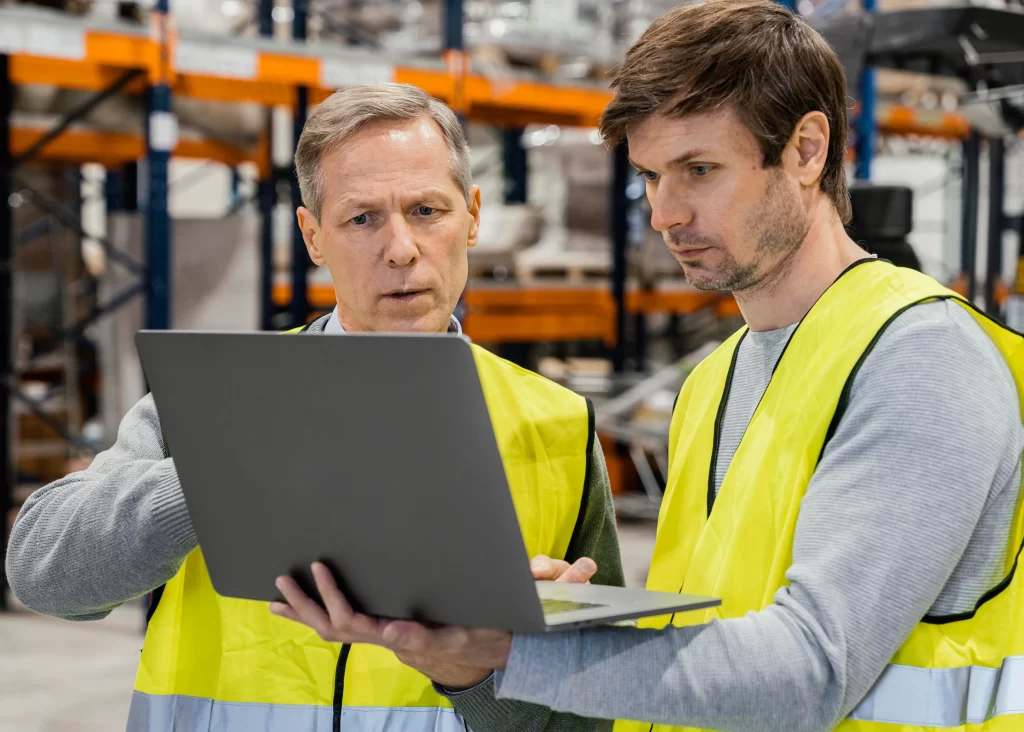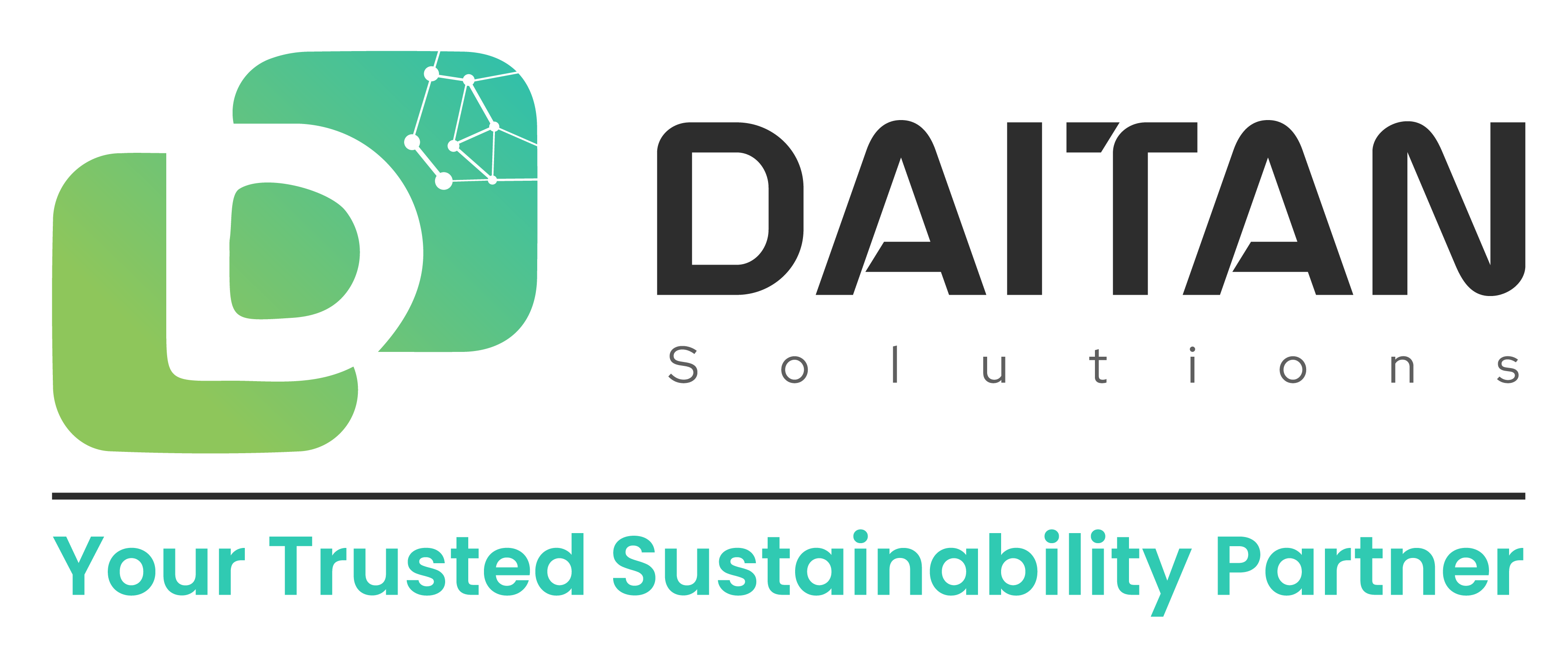Think of a large industrial complex where an entire production line comes to a lifeless stop due to an unanticipated malfunction of a single machine. The losses? Time, money, and possibly safety. This is when Preventive Maintenance comes in , not as a technical procedure, but as a strategic requirement.
Preventive Maintenance is the forward action that ensures that machinery runs, processes are smooth, and downtime is limited.
In this fast-moving industrial era, waiting for a piece of equipment to fail before it can be fixed is no longer an option. Preventive maintenance-invested facilities receive the major lead by detecting all the issues that have not reached a point of no return, thus avoiding costly disruptions and prolonging the asset life.
Preventive Maintenance is more than a checklist; it is a pledge for operational excellence. It includes planned inspection, part substitution, performance tests, and meticulous documentation, all with the goal of maintaining peak efficiency.
Preventive Maintenance is not optional for any facility concerned with reliability, safety, and cost control; it is necessary.
The Link Between Preventive Maintenance and Product Quality
Equipment Health and Precision
Industrial machines are designed for accuracy. From automated bottling lines to CNC machines, anything from setting to calibration and moving parts must work perfectly to produce high-quality items.
With time, the best machines have wear and tear. Belts relax, sensors misadjust, and lubricant dries out, all of which can lead to differences in output.
Preventive Maintenance counters these issues to ensure that they do not cause defects. For instance, if a packaging firm conducts weekly checks of sealing temperatures, under-sealed or burnt packages are averted (both of which would not pass quality control).
- In industries such as automotive manufacturing or pharmaceutical production, even the smallest deviation may lead to unacceptable products. Routine Preventive Maintenance helps keep tolerances close and production consistent.

Avoiding Contamination and Cross-Contamination
Cleanliness is equally essential in food, beverage, and pharmaceutical factories as in mechanical precision. Dust and dirt accumulation, residue (buildup), and microbial contamination from equipment neglect can contaminate entire product batches.
- For instance, a dairy processing plant that uses sanitization as part of its Preventive Maintenance program ensures that tanks, pipes, and filling machines are cleaned and sterilized regularly. This prevents bacterial contamination, guaranteeing the final product’s safety and good quality.
Lack of hygiene-related Preventive Maintenance not only causes the product to be lost but might also result in regulatory fines and permanent brand damage.
Consistency in Output
High-quality products are not just about hitting the target; they are about being able to do this repeatedly. Random equipment performance is a significant source of variation that may cause substandard output.
- For example, in the textile industry, dyeing machines must remain constant in terms of temperature and time cycle in order to produce uniform color across batches of fabric.
If the temperature sensor becomes inaccurate over time, fabrics can show some variations in color, something that is not acceptable in high-end fashion or interior design markets.
Regular calibration and system checks, combined with Preventive Maintenance, reduce such inconsistencies, thus maintaining product quality from one batch to another.
Least Unforeseen Downtime and Hurry Jobs
Emergency machine breakdowns can grind production lines to a halt and cause schedules to go awry. This usually results in hasty orders, missed inspections, or excessively worked equipment, all of which undermine quality.
- Imagine a soldering machine breaking down in an electronics assembly line when you least expect it. Technicians have to carry out some of the operations by hand or shift them to other instruments, which exposes them to cold joints, misalignment of parts, or even the possibility of omitting defects.
Preventive Maintenance reduces these disruptions by replacing worn-out parts before they break down and ensuring backup systems are set. This ensures constant workflows, thus permitting proper inspection, quality assurance, and less human error.

Supporting Quality Certification Standards
ISO 9001, IATF 16949, and GMP-compliant manufacturing environments must also institute long-term maintenance programs. These standards consider that equipment reliability is the basis of product quality.
- For example, a plant seeking ISO 9001 certification must provide evidence that it has a structured Preventive Maintenance program to fulfill its quality objectives.
This includes keeping records of inspections, replacements, and calibrations. This promotes better compliance and creates an environment where quality and reliability coexist.
How Preventive Maintenance Supports Sustainability Goals
Reducing Energy Consumption
Poorly maintained equipment is inefficient. Motors overheat, machines consume more power than needed, and systems that should run perfectly waste a lot of energy. Over time, this inefficiency equals a larger carbon footprint and increased utility bills.
Preventive Maintenance can help facilities ensure that machines run at peak efficiency. Routine Maintenance, such as filter replacements, lubrication, alignment calibration, and system calibration, allows machines to avoid overwork.
- For instance, a clogged HVAC system with worn parts will consume more electrical power to produce a similar cooling or heating effect, which Preventive Maintenance can easily avoid in routine.
Minimizing Material Waste
A malfunctioning machine will lead to increased production of defective products, hence material wastage. This not only leads to quality and revenue decline but also to environmental strain due to increased scrap, landfill usage, and resource consumption.
Preventive Maintenance addresses this in one way: it keeps machines in excellent working condition, which results in fewer production errors.
- For instance, a sealer off the packing line that is not aligned correctly could ruin several dozens of pouches within a working shift before the problem is discovered. Such waste can be avoided entirely through proactive inspection and adjustment of this equipment.
Over a year, Preventive Maintenance’s efficacy in cutting down on waste things up, this is not just cost savings but resource conservation and environmental impact.
Extending Equipment Lifespan
One of the most sustainable actions that a company might employ is to use the assets for as long as safely possible. Replacing large industrial machines consumes raw materials, energy, transportation, and the elimination of old units, all with an environmental price tag.
Preventive Maintenance helps prolong the working life of machinery. Maintenance such as cleaning, calibration, and equipment maintenance, when performed frequently rather than letting small issues become major breakdowns, lasts much longer reliably.
This decreases the replacement rate, conserves resources, and postpones the environmental harm caused by equipment production and disposal
This approach can greatly minimize overall environmental impact in industries such as manufacturing, logistics, and food processing.
Improving Compliance with Environmental Regulations
Governments and environmental agencies worldwide are strengthening requirements for emissions, wastage, and energy consumption. Non-compliance facilities risk fines, shutdowns, and loss of reputation for failing to comply with the requirements.
Companies can remain compliant if they adopt the Preventive Maintenance Program. Criss-cross housing, equipment such as boilers, compressors, and air filtration systems must meet rigid performance criteria to prevent emissions or excess discharges of pollutants.
Routine Maintenance means these systems operate under legal boundaries, lowering the chance of accidental breaches and aligning themselves with overall sustainability efforts.
Lowering Emissions from Unexpected Breakdowns
Emergency repairs usually consume more energy, travel, and human energy than any maintenance program could envisage. When a machine breaks down unexpectedly, service teams must travel far, expedited parts must be flown in, and the system must be restarted inefficiently. All this leads to more emissions.
Preventive Maintenance eliminates sudden breakdowns, avoiding last-minute interventions and maintaining constant and consistent operations. Such stability equates to a stable supply chain and lower environmental impact.
Supporting a Circular Economy
Sustainability is closely linked to a circular economy in which products, materials, and resources are reused and recycled instead of being thrown away. Preventive Maintenance facilitates this with the view of repair over replacement.
- For instance, it is possible to keep a conveyor belt system with timely roller replacements and belt adjustments, and hence, the whole unit does not have to be scrapped. This not only saves money but keeps usable portions in service and out of landfills.
Firms that also focus on Preventive Maintenance may collaborate with refurbishers or recyclers of used parts, increasing the circular and responsible nature of their own supply chain.
Conclusion
Preventive Maintenance helps your machines run, your people stay productive, and your business remains resilient by protecting your bottom line and contributing to sustainability and safety. In a world where every second is precious, being one step ahead is the difference between success and failure. Do not wait for a breakdown; make preventive maintenance your battle-edge today.
Ready to optimize your facility’s performance and minimize downtime?
Contact Daitan Solutions today at daitansol.com to learn how our expert services can help you implement a proactive maintenance strategy that supports your operations and sustainability goals. Let’s work together to keep your business running smoothly!

